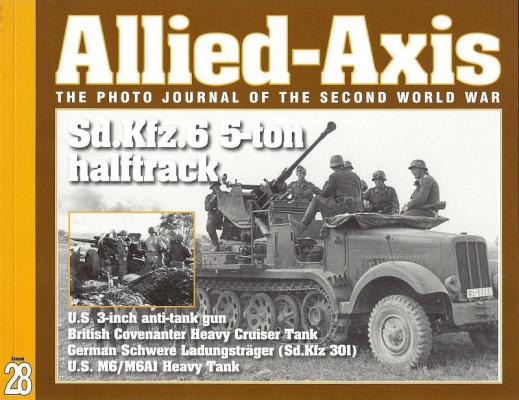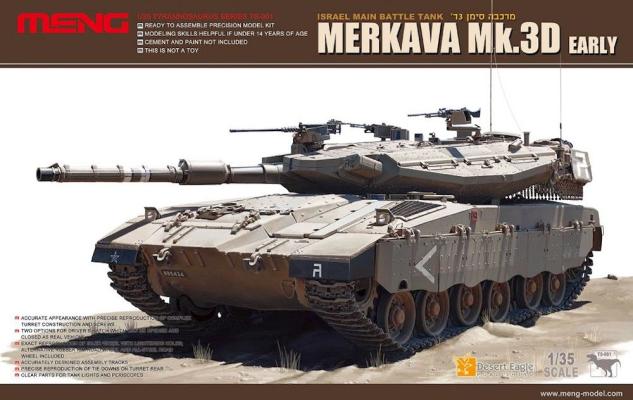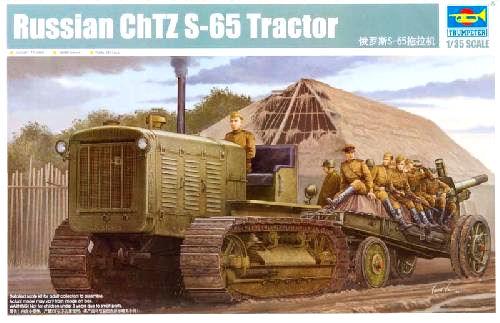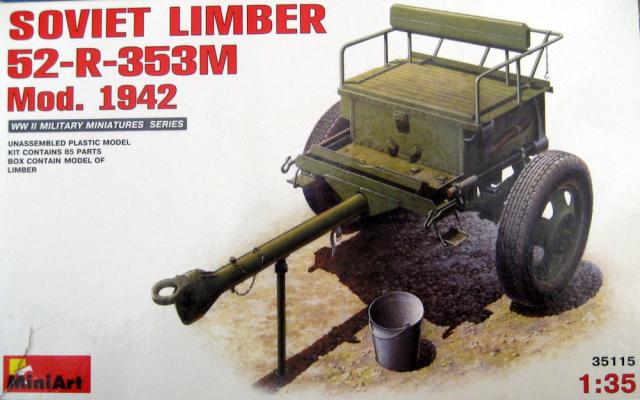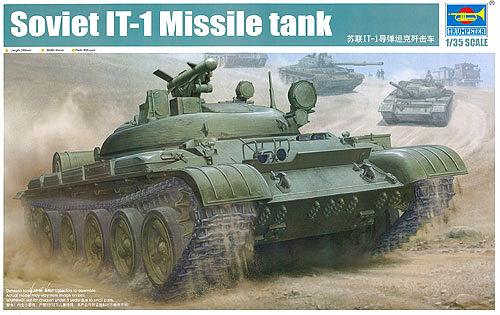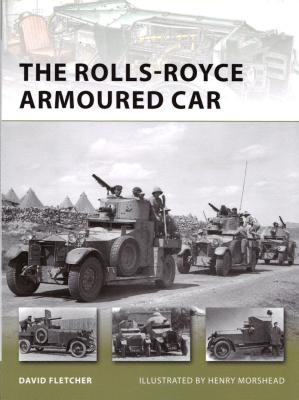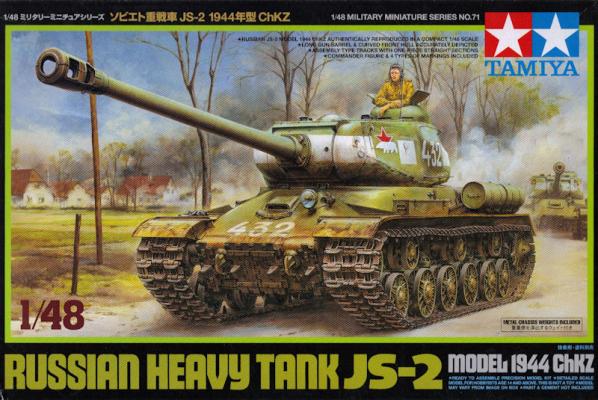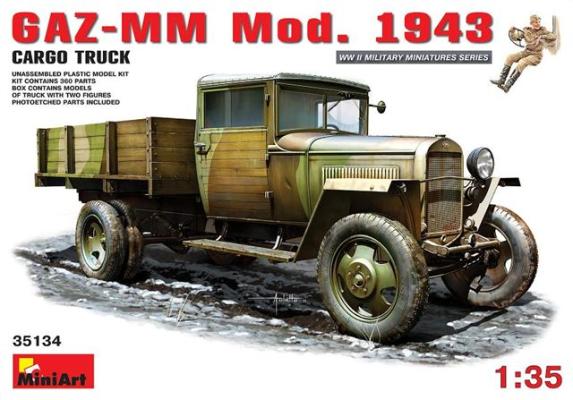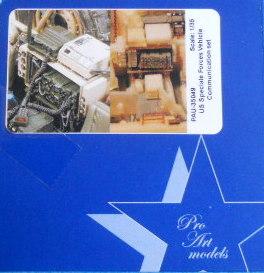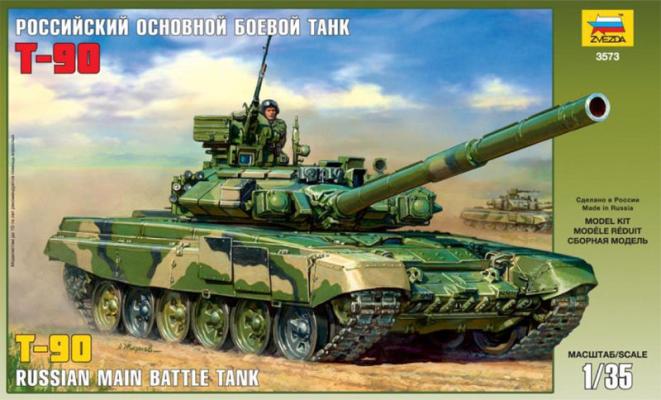Ampersand Publishing offers a quarterly photo-magazine featuring dozens of black and white photographs of armor, military vehicles, personnel, etc. Many are rare or seldom seen pictures. Each photograph is accompanied by a caption explaining what is depicted and the historical context. The reader will also see original line drawings and pictures from technical publications. These softbound publications contain from four to six articles. The subject of this review is Issue 28.
This 96-page issue contains five articles. They are:

